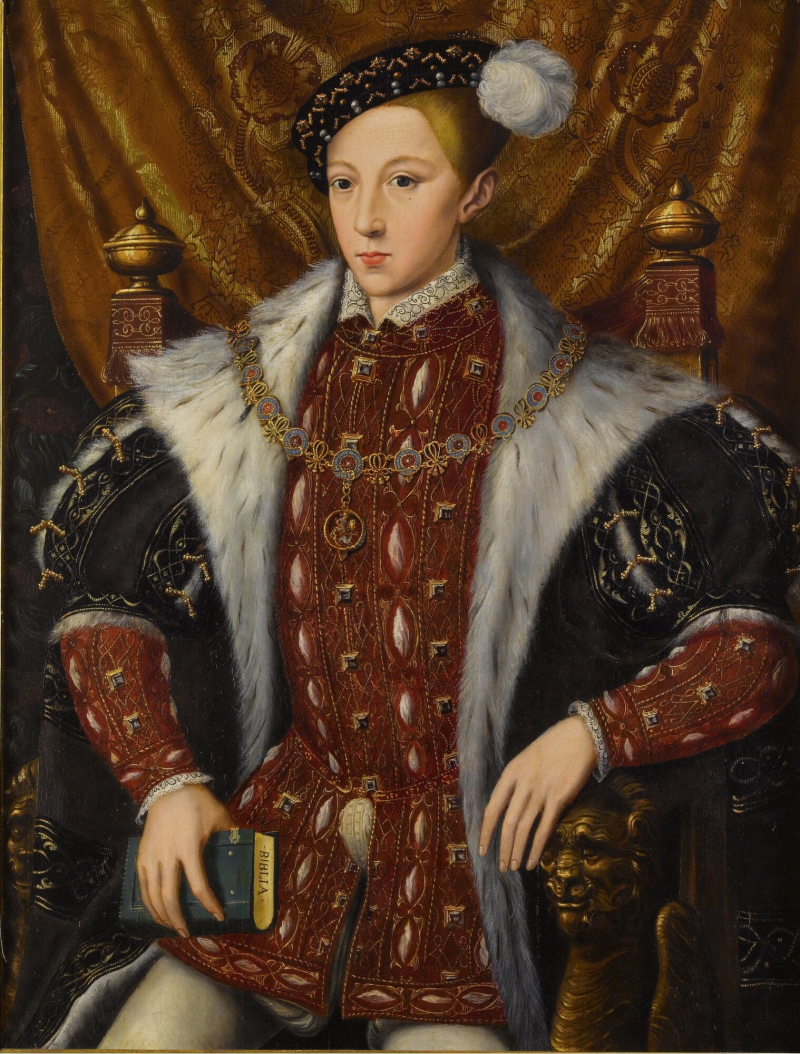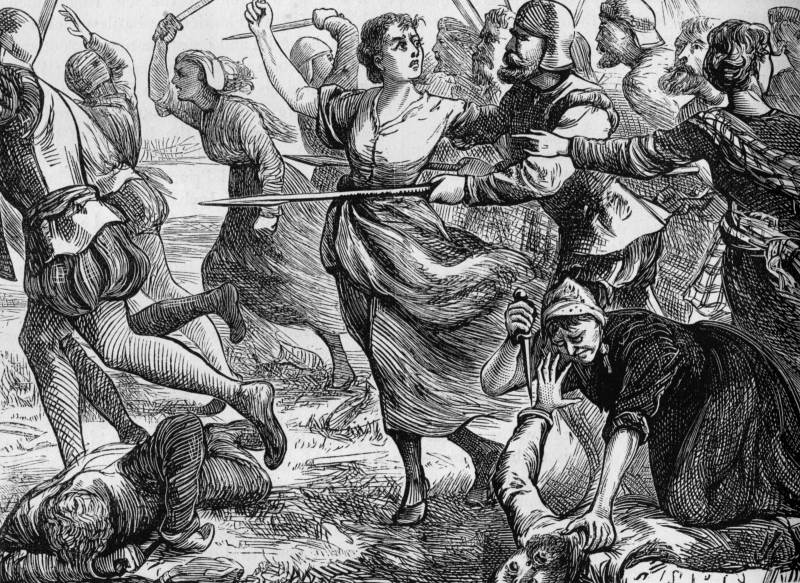Mary's failed engagement caused a war
One of the most interesting facts about Mary Queen of Scots is that Mary's failed engagement caused a war. King Henry VIII of England used the regency to propose marriage between Mary and his own son and heir, Edward, in the hopes of bringing Scotland and England together. The Treaty of Greenwich was signed on July 1, 1543, when Mary was six months old, promising that at the age of 10, Mary would marry Edward and come to England, where Henry could oversee her growth. The pact stipulated that the two countries would remain legally distinct and that if the couple did not have children, the temporary union would end. Cardinal Beaton returned to power again and began to pursue a pro-Catholic, pro-French agenda, which enraged Henry, who desired to dissolve Scotland's association with France.
Beaton wished to relocate Mary to the safety of Stirling Castle, away from the coast. Regent Arran protested the proposal but relented when armed supporters of Beaton assembled at Linlithgow. On July 27, 1543, the Earl of Lennox led 3,500 armed soldiers to accompany Mary and her mother to Stirling. According to Ralph Sadler and Henry Ray's report, Mary was crowned at the castle chapel on September 9, 1543, with "such solemnity as they do use in this country, which is not very costly".
Shortly before Mary's coronation, Henry apprehended and seized Scottish merchants on their way to France. The arrests sparked outrage in Scotland, and Arran joined Beaton and converted to Catholicism. In December, the Scottish Parliament rejected the Treaty of Greenwich. The refusal of the marriage deal, as well as the revival of France and Scotland's alliance, triggered Henry's "Rough Wooing", a military campaign meant to force Mary's marriage to his son. The English launched a series of raids against Scottish and French territory. The English Earl of Hertford stormed Edinburgh in May 1544, and the Scots took Mary to Dunkeld for safety.







